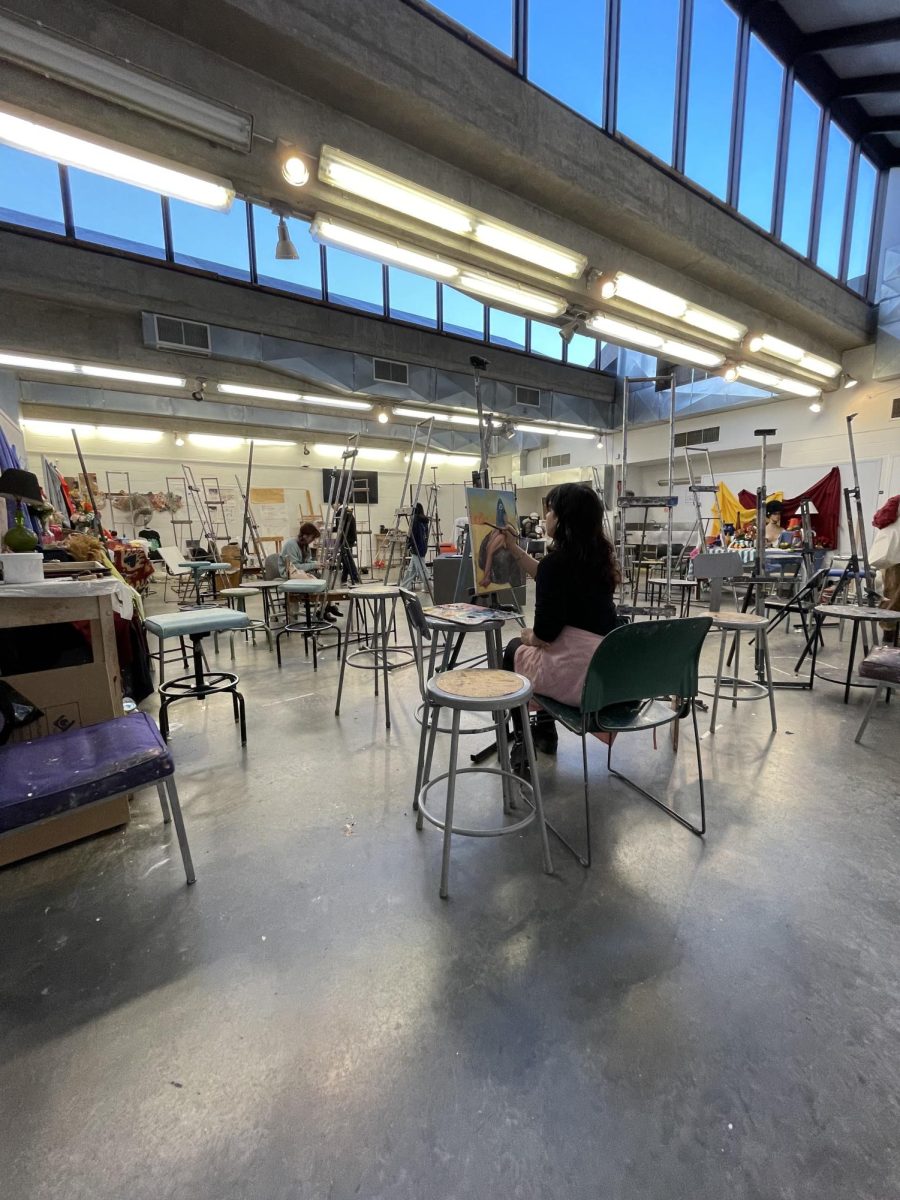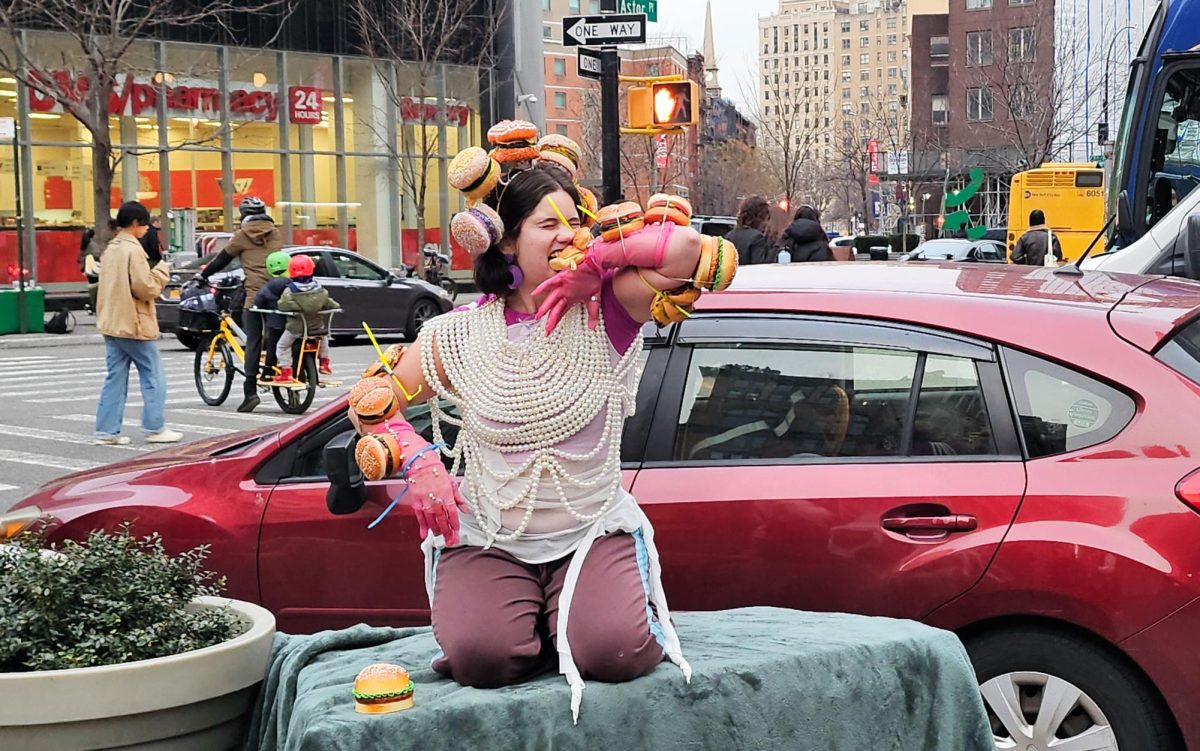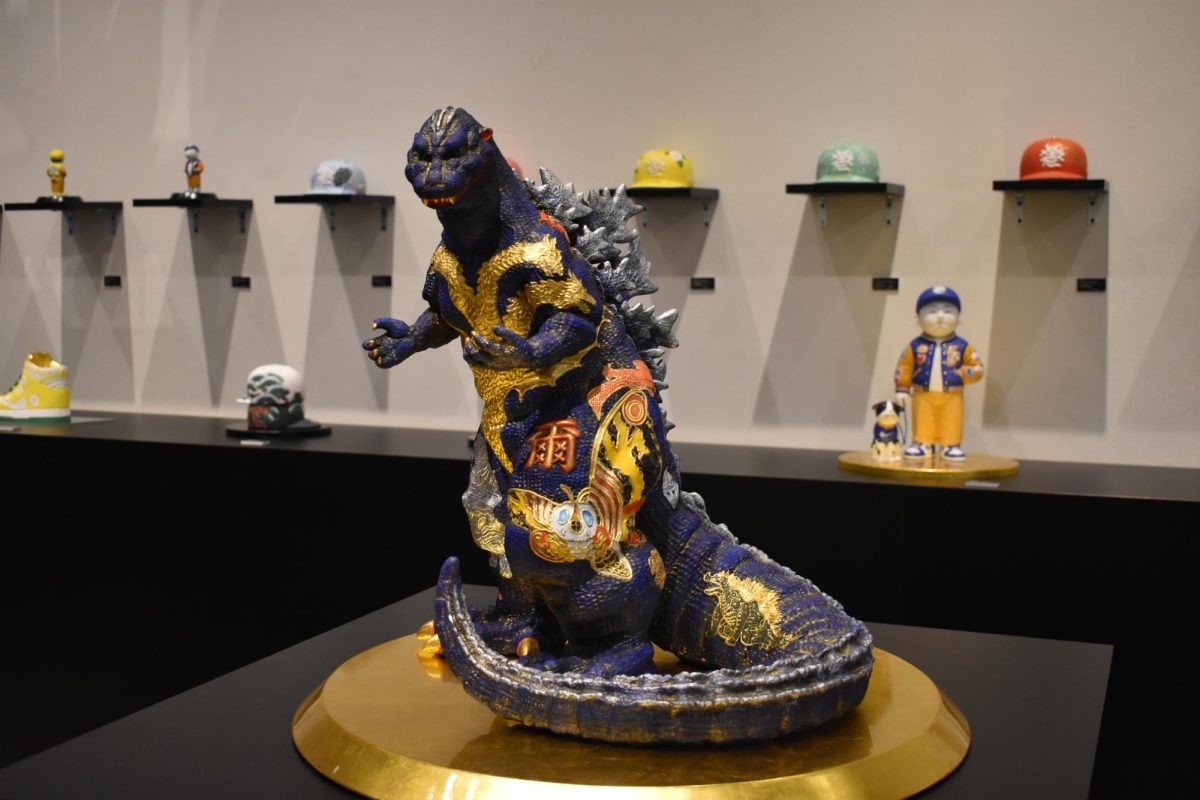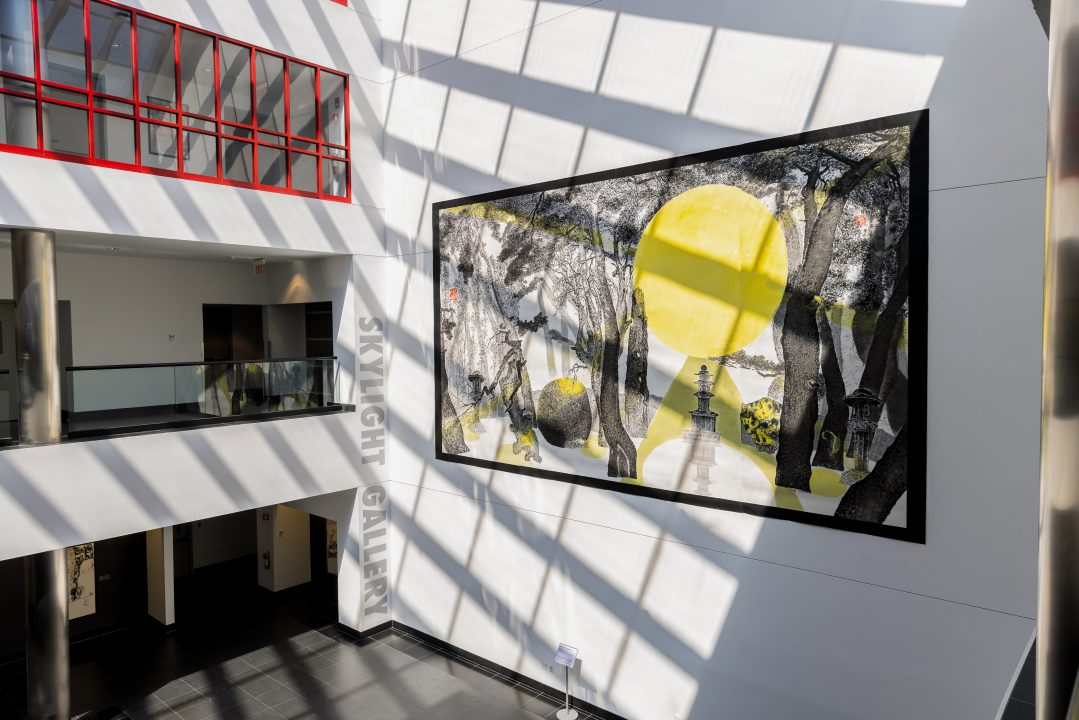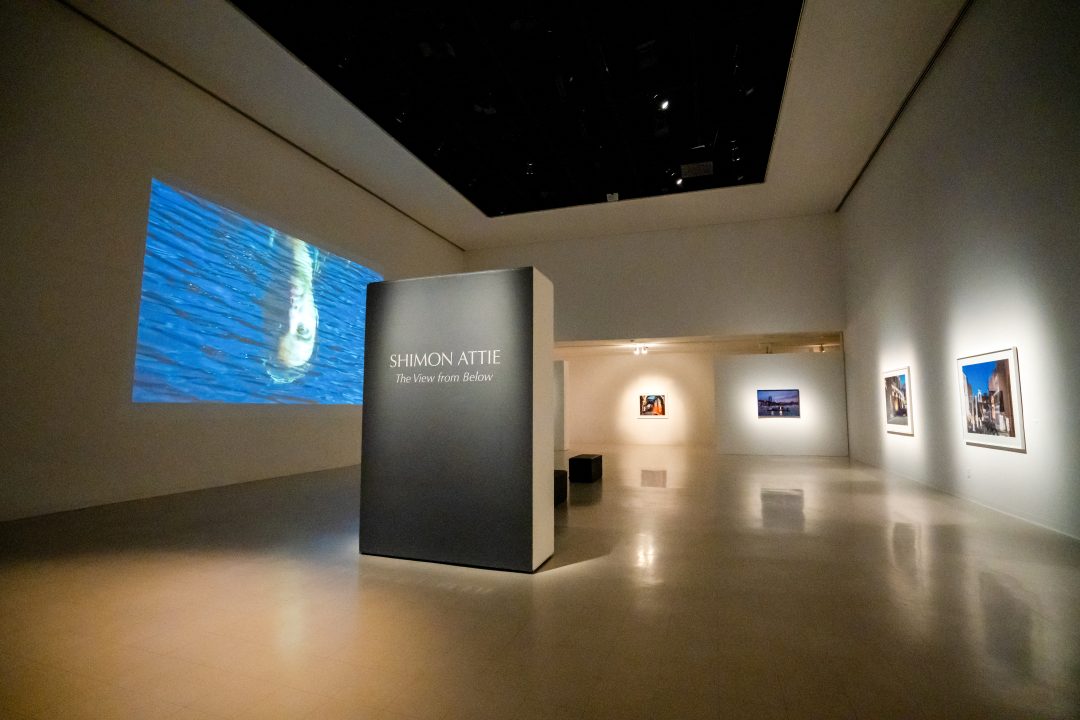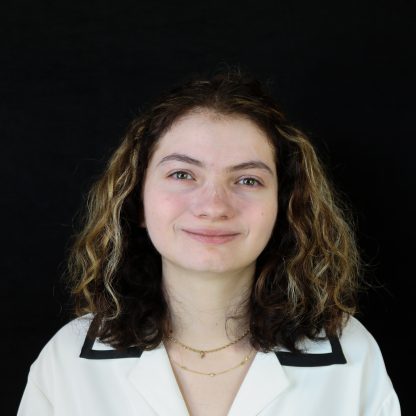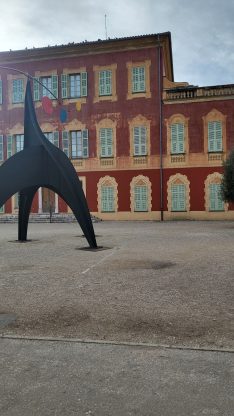
The Matisse Museum in Nice, France welcomed contemporary artist Agnès Thurnauer to bring new perspectives and interpretations to the 20th-century French artist Henri Matisse’s art in the “See you at yours” exhibition from Oct. 27, 2022 to Feb. 6, 2023.
The museum possesses all of Matisse’s work, which includes 454 drawings and engravings and more than 130 objects from his personal collection, and regularly curates temporary exhibitions to bring new experiences for viewers.
In Matisse’s paintings “Maisons à Fenouillet” and “Figure Endormie,” he conveys a sense of urgency while simultaneously soothing the viewer with short, quick brush strokes on the canvas. Many of Matisse’s landscape paintings incorporate sharp movements, yet his drawings of faces and people such as “Guillaume Apollinaire” feature fluidity.
Throughout the exhibition, Matisse’s uncertainty in his art shines as the curator, Claudine Grammont, reveals how his art style and his medium evolved through time. Matisse begins with paintings of landscapes filled with vivid colors, with swift flicks of the paint brush, and slowly transforms into monochromatic unbroken line paintings and draftsmanship pieces.
Despite this uncertainty, every brush stroke, color combination and visual focus work together to create a single cohesive painting, as if painted with an intricate purpose.
As the viewer travels through rooms and ascends the museum, Matisse’s work gains a new creative direction. He narrows down the focus of his paintings from having multiple still-life objects such as flowers and fruits to a series of line portraits of people. The shift in direction sparks a lingering curiosity that will penetrate the viewer’s mind long after they leave the exhibition.
Works like “Vase de Fleurs,” “Portrait de Danseuse Espagnole” and his illustrated books give the viewer insight into a world and the multiple stories Matisse wanted to convey. The inclusion of Thurnauer’s art in the exhibition explores the notion of how language ties in with art and furthers Matisse’s message with the 21st century audience.
Thurnauer’s pieces contrasted much of Matisse’s with the use of words, numbers and precision in clean-cut lines. The words plastered across the canvases — such as “Translation,” “Language” and “Crossing” — encourage the viewer to explore the various interpretations of Matisse’s work. Even though there are multiple perspectives of the same art, some type of language and story will still be shared with the viewer.
Thurnauer’s art also discusses and closely examines Matisse’s collections that string together to show the evolution of an individual piece by replicating a singular artwork multiple times with slight variations.
The sculptures, paintings and letters created by Thurnauer as well as the layout of the exhibition invite the viewer to transcend into Matisse’s canvas and explore the intimacy of his creative process. Being allowed this intimacy serves to connect the viewers to the artist on a more personal level and leaves a remarkable impression on the viewer.
Grammont and Thurnauer implored viewers to think about what art means in the context of language and sharing a story with another person. “See you at yours” initiated a closeness to the artist as if the viewer was with Matisse as he described his plans for his next artwork.
The next exhibition the museum is hosting is called “Tom Wesselmann. After Matisse,” in which they feature the works of American artist Tom Wesselmann whose art was inspired by Matisse. This exhibition starts on Feb. 24 and ends on May 29.
A virtual tour of “Matisse in the Nahmad collection” can be found here.








